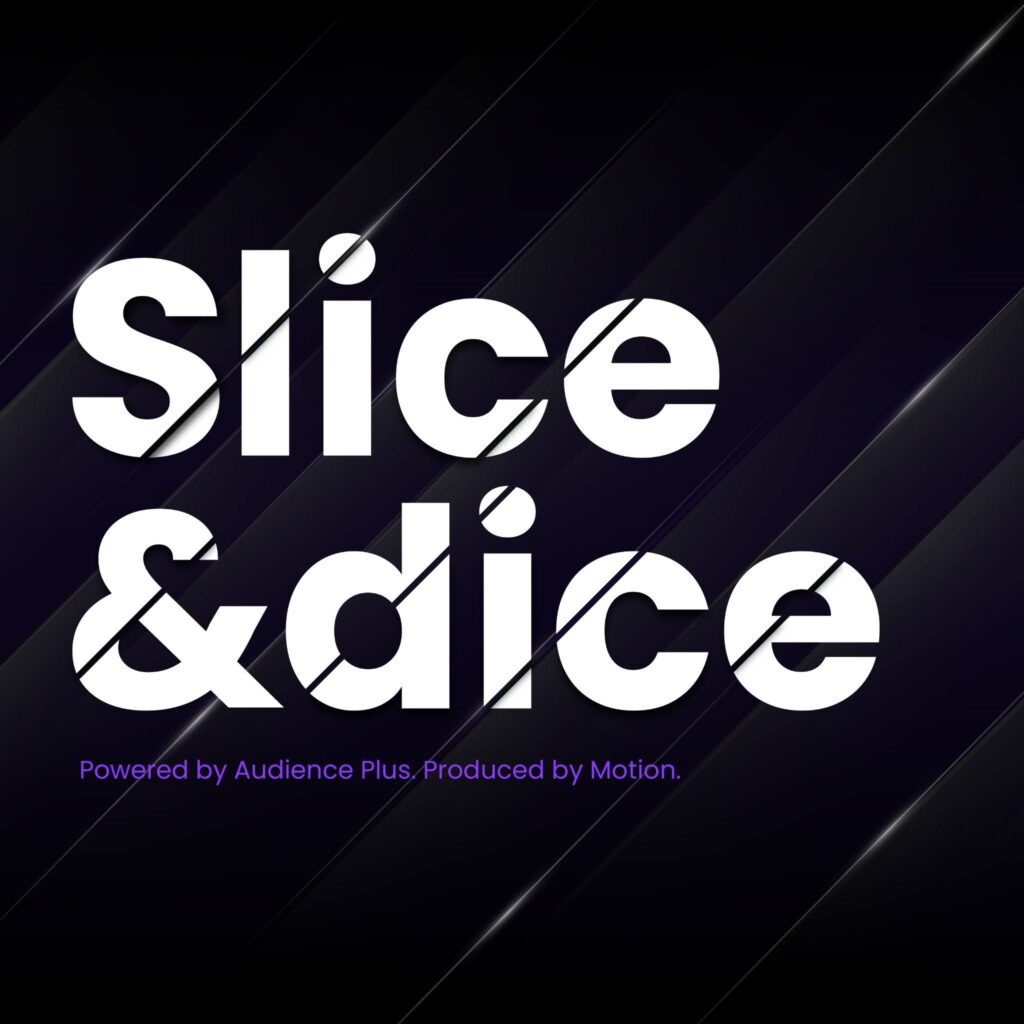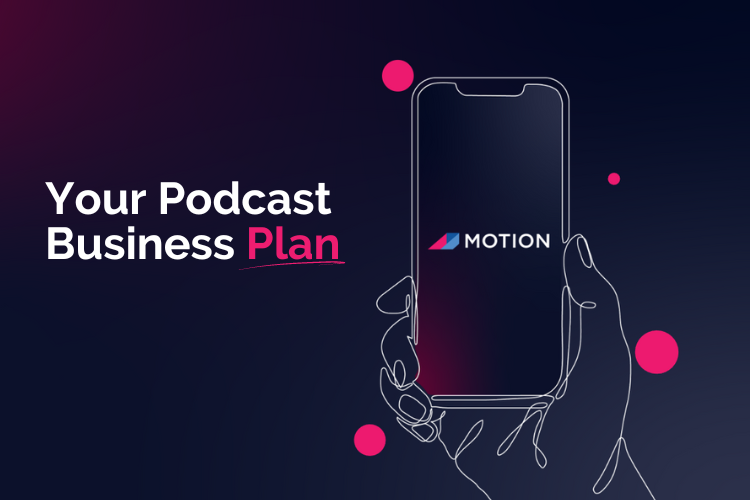
Many branded podcasts experience ‘podfade’ — a scenario where your company’s show fades away after about seven or eight episodes. There are many reasons branded…
I believe anyone with deep expertise can be a thought leader. But with so much noise and competition in the marketplace, it can be challenging…
During the sales cycle, people often ask me what specific podcast metrics a company should consider. Here are a few questions that come up during…
Are you thinking of launching a podcast for your company? If so, pricing is probably on your mind. And if you’re on a small, scrappy…
To start a podcast, you have to jump through a lot of hoops. You must figure out your niche, develop a theme statement, create a…
If you’re a leader within your organization, chances are you participate in webinars, virtual events, and video podcasts. And you know how important it is…
Are you tired of hearing the same voices in B2B SaaS? Then look no further than Taking the Lead, a podcast hosted by Christina Brady….
You have a great idea for a company podcast, but how do you persuade your boss to greenlight the project? You likely have two options….
Once an organization starts a podcast, marketers typically switch their focus to growth. They ask questions like, “how can I get more podcast downloads?” or…

Content Logistics
Content Logistics is a show where we explore the foundational (and sometimes frustrating) elements of how solid content informs good marketing. If you’re on a small but mighty team this show is for you. We’re talking to the experts – learning all their tips and tricks then sharing them with you. We don’t gate-keep here. Get ready to learn from the best and be empowered to grow as a creative, a professional, and a BOSS marketer.

Slice & Dice
What if you could see exactly which content your target audience is actually consuming—not just what “experts” claim works?
Slice & Dice is where we cut through the noise by analyzing real performance data from thousands of B2B content pieces. Each episode pairs an Audience Plus data expert with a seasoned content creator to dissect what’s truly resonating with today’s business audiences.
Whether you’re a solo marketer or leading a team, you’ll walk away with evidence-based tactics that eliminate guesswork and boost your content’s impact. No more shots in the dark—just clear, actionable insights backed by the numbers that matter.

Marketers are constantly under pressure to deliver. And it’s hard to keep up with changes in the industry while focusing on driving revenue.
So that’s why we’ve built a collection of shows – all designed to help you grow personally and professionally.















